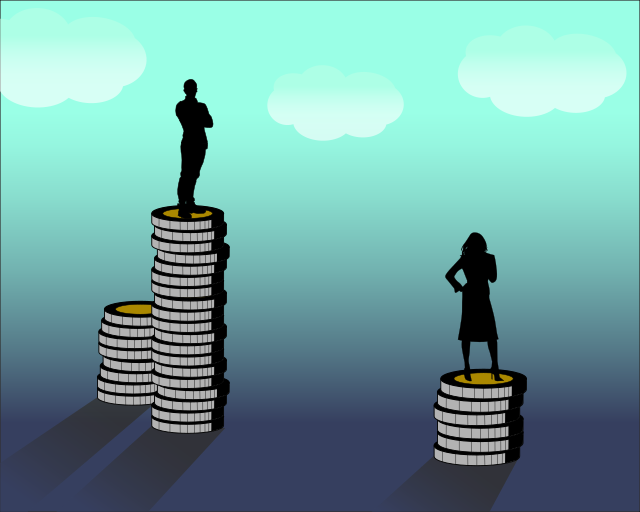Recent unionization of Amazon workers shed light on the impact of gender pay gap on health and home care. // Photo courtesy of Kuan-Ting Lin.
With the recent historic votes of Amazon workers to unionize in Staten Island, New York, and Bessemer, Alabama, Hofstra University students and faculty heard from Dr. Pilar Gonñalons Pons, an associate professor of sociology at the University of Pennsylvania, about how interwoven the gender pay gap in healthcare and home care is with unionization. The Hofstra Labor Studies Program and the Center for Labor and Democracy, in collaboration with Hofstra Women’s Studies Program and Hofstra Honors College presented “Equal Pay Day 2022: Gender Inequality, Care Work and the Post-Covid Economy” on Wednesday, March 31. At the event, Gonñalons Pons provided context about the gender pay gap with respect to the health care and home care industries in the United States. Onika Sheperd, the political director of the Long Island branch of 1199 SEIU, a healthcare workers union, joined and provided an on-the-ground perspective to further advocate for the importance of unions in order to close the gender wage gap in healthcare.
“The date of Equal Pay Day is meant to offer a representation of how much more the average woman needs to work in order to make the same money that the average man makes,” Gonñalons Pons said. “Here we have March 15 for this year’s Equal Pay Day, which means that the average woman needs to work a year plus 55 days to earn the same as the average man in a single year.”
One of the reasons behind this is the impact the COVID-19 pandemic had on women. Gonñalons Pons said this falls under care penalties, defined as an economic loss that occurs as a direct result of taking on caregiving responsibilities.
Data presented indicated that women shoulder the brunt of the gender pay gap in the healthcare and home care industries. “For instance, when women become mothers, there is on average a long-term 30% decline in fair labor earnings,” Gonñalons Pons said. “So this will be an unpaid care penalty. Both paid and unpaid care penalties disproportionately affect women, across all socioeconomic and racial groups.”
According to Gonñalons Pons, a paid care penalty entails having a job in the care sector. “I argue this is because the care system is devalued,” she said. “So this means that on average, the wages in paid care sectors are at least five percent lower than in an equivalent sector for the same sort of workers.”
Nikita Anderson, a freshman international business major, voiced his concern over the inequalities that women face as workers and that workers face in a larger sense.
“I really want to advocate for worker’s benefits,” he said. “I want to help eliminate this horrible gap that we currently have in our system. We have the power to change these policies and advocate for equal pay for women.”
As women have been the driving force behind equal pay for everyone, they help forge the connection between home care and healthcare in order to unionize the workforce because of the positive changes that it brings forward.
“What you definitely see is [that] workers who have a union tend to stay longer at that job because there’s definitely more security there,” Sheperd said.
With the vote to have a union established for Amazon workers in Staten Island and Bessemer now finalized, the world has its eyes on other large corporations, wondering if others could follow suit.









